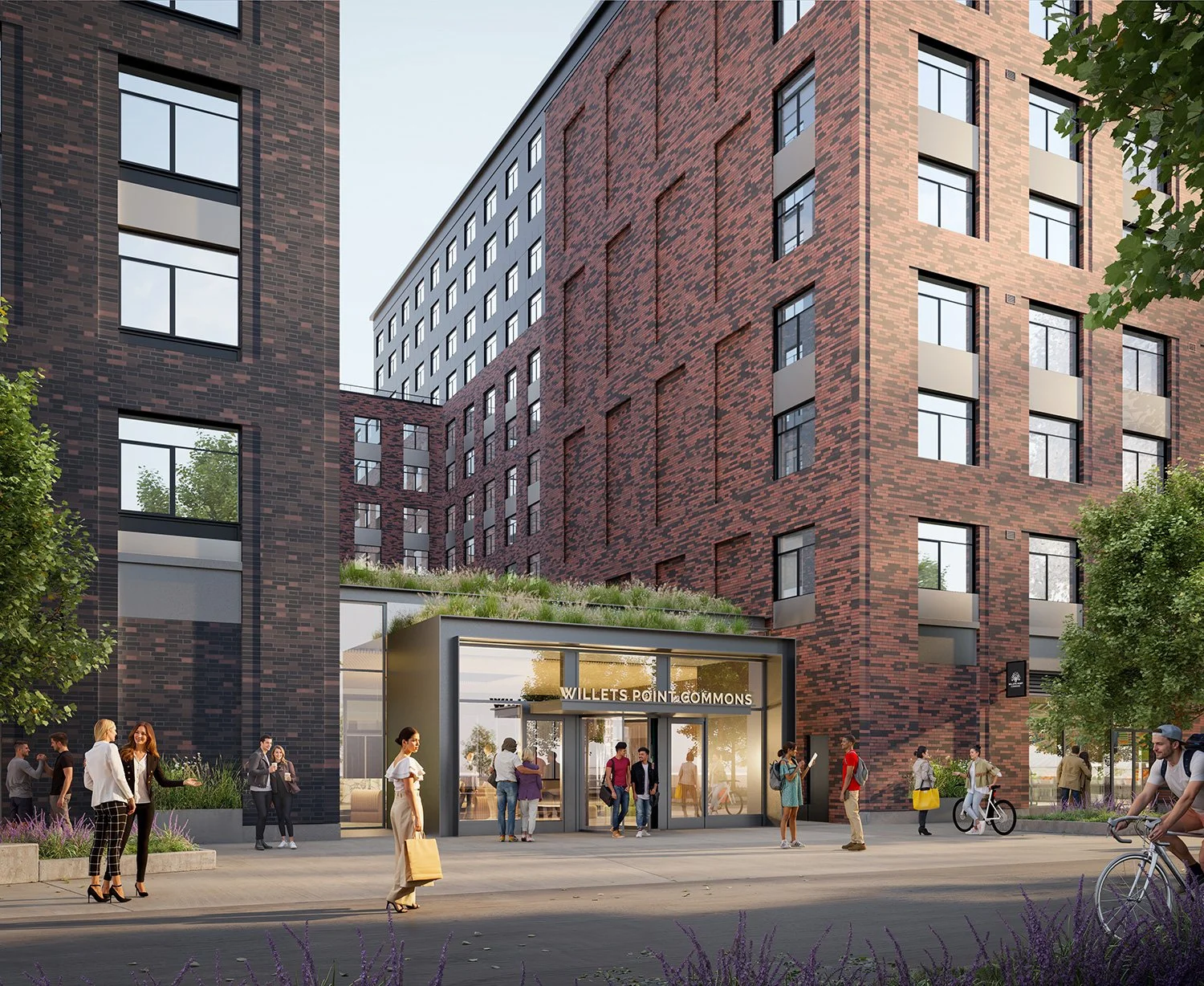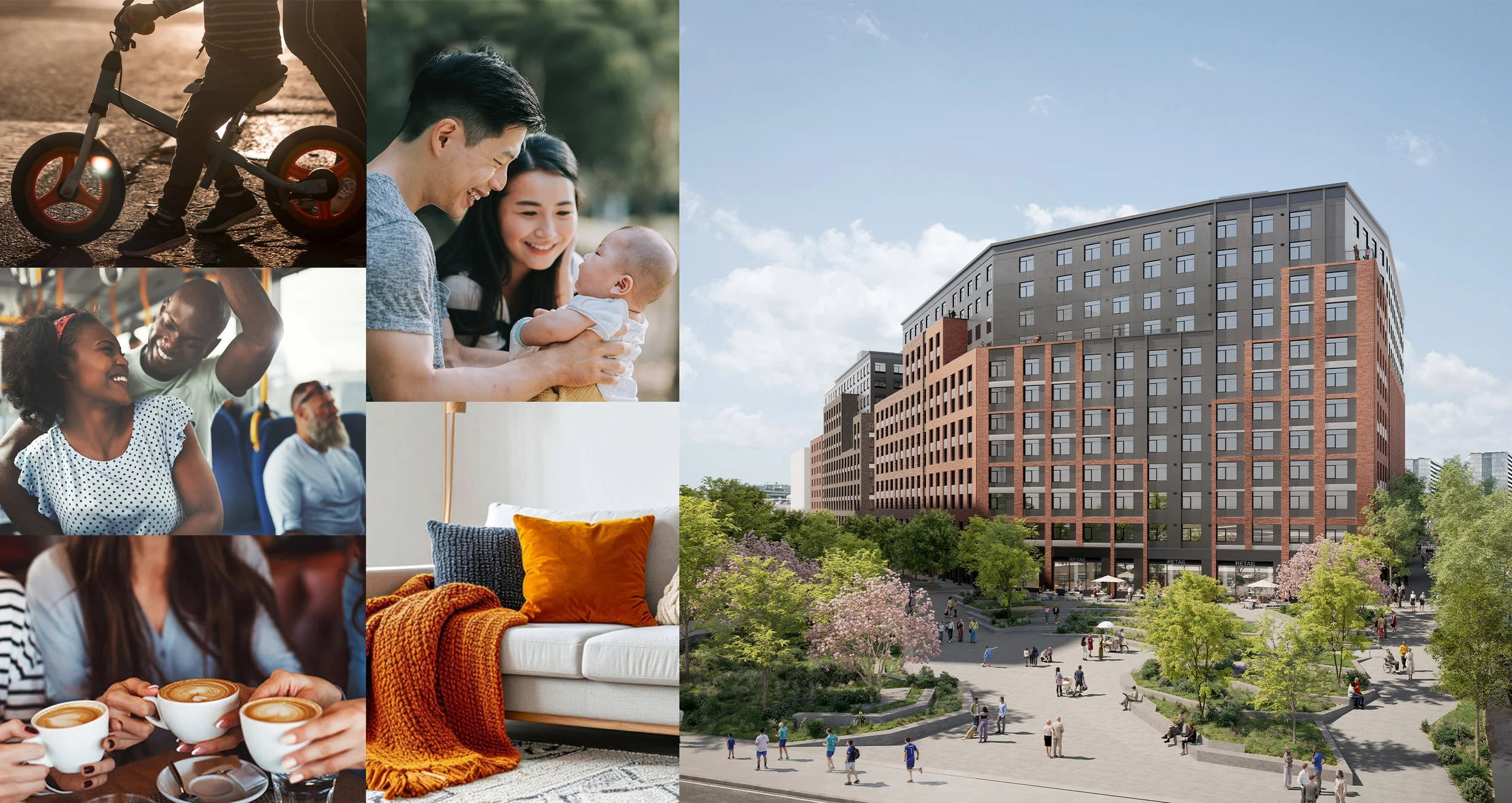
Built for Community.
Designed for Tomorrow.
Delivering lasting, affordable housing for generations of New Yorkers.

Willets Point will deliver 2,500 units of 100% affordable housing - an unprecedented investment in Queens. Residents will enjoy easy access to the best of New York while living in high-quality, fully amenitized workforce affordable housing for individuals, families and seniors. Located steps from the 7 train and Long Island Rail Road, residents will be at the heart of a growing, well-connected neighborhood.

A New Vision for Willets Point
At Willets Point Commons, affordable housing comes with the comforts of a full-service community. Fitness centers, green spaces, children’s play areas, activated terraces & lounges, outdoor grills, secure bike storage, and on-site conveniences like laundry and package rooms ensure that affordability doesn’t mean compromise. The new neighborhood pairs affordable housing with everything New Yorkers want close to home: great retail, entertainment, and a world-class soccer stadium. By combining affordability, modern amenities, and unmatched transit access, Willets Point Commons creates opportunity and connection for residents at every stage of life.


Exceptional Living For All
Willets Point Commons is more than housing - it’s a neighborhood designed for connection and everyday ease. Thoughtfully planned spaces like community lounges, children’s play areas, and outdoor green spaces bring people together, while practical features such as on-site laundry, package rooms, and bike storage keep daily life simple. With dedicated resident services and welcoming common areas, Willets Point Commons fosters a vibrant, supportive community where affordability comes with comfort and convenience.
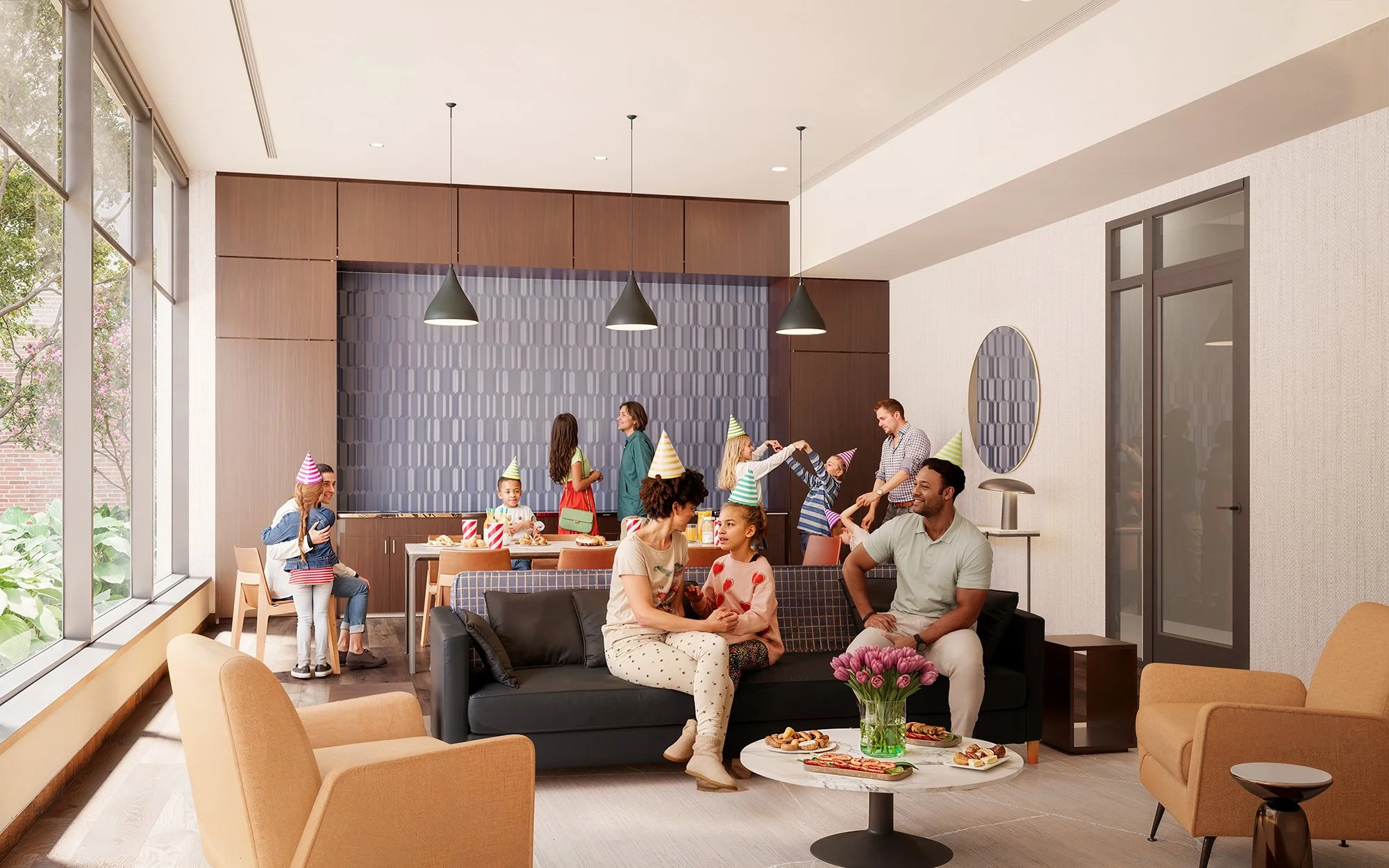
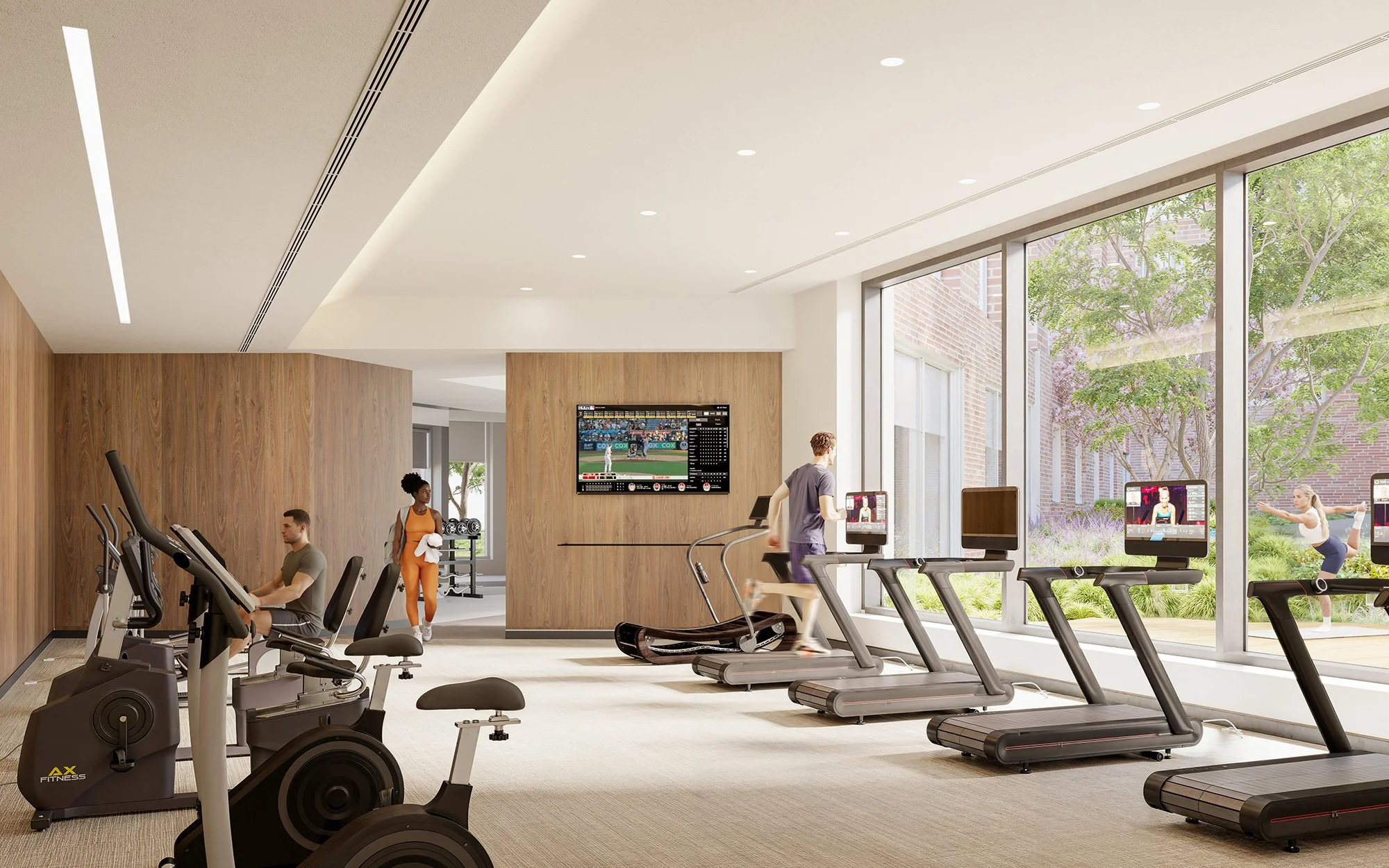




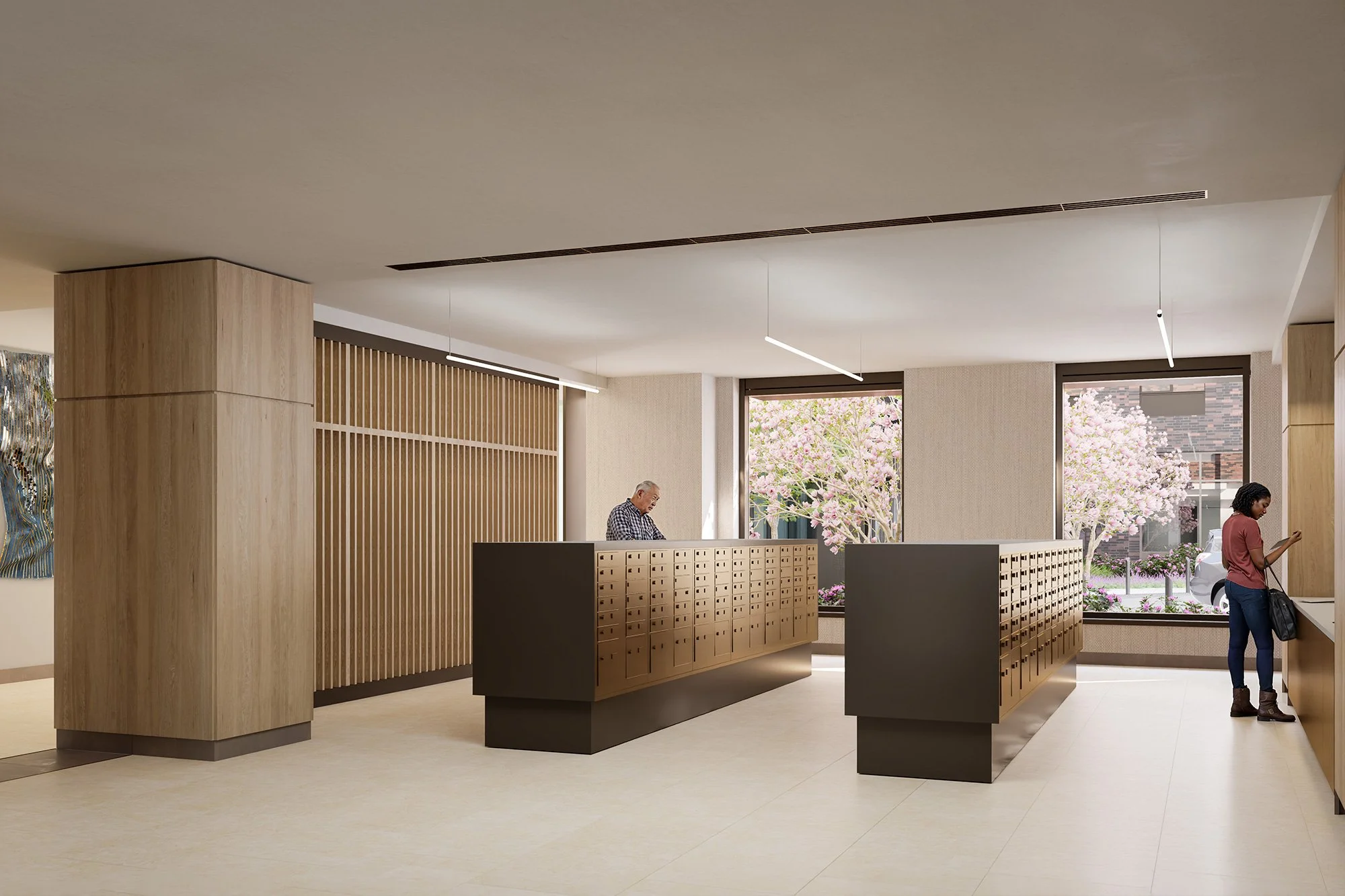
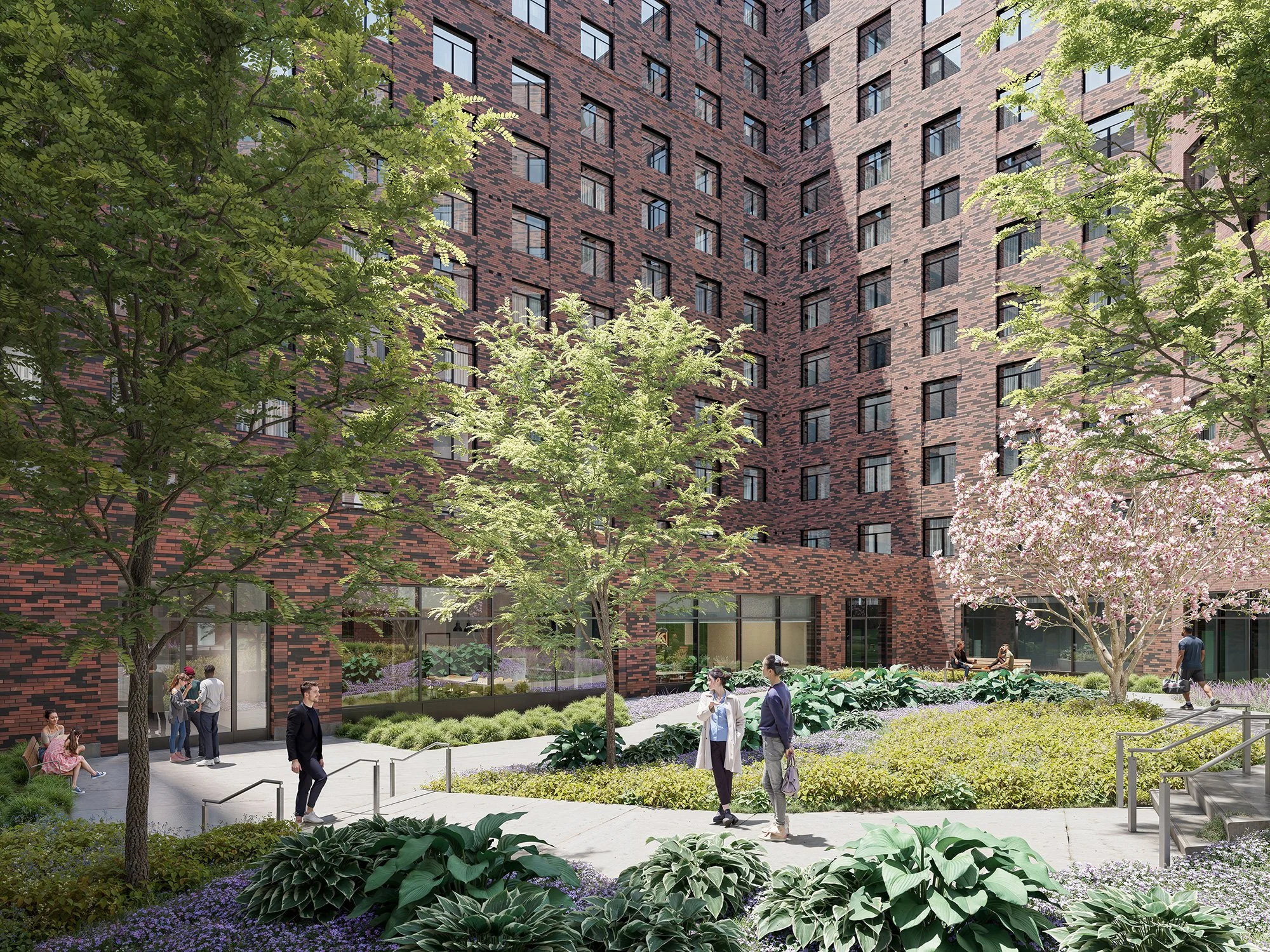


Pricing
| Household Size* | AMI** | Minimum Household Earnings | Maximum Household Earnings | Monthly Rent*** |
|---|---|---|---|---|
| 1 | 30% | $26,432 | $34,020 | $486 |
| 2 | 30% | $26,432 | $38,880 | $486 |
| 1 | 40% | $35,254 | $45,360 | $698 |
| 2 | 40% | $35,254 | $51,840 | $698 |
| 1 | 60% | $52,864 | $68,040 | $1,122 |
| 2 | 60% | $52,864 | $77,760 | $1,122 |
| 1 | 80% | $70,508 | $90,720 | $1,546 |
| 2 | 80% | $70,508 | $103,680 | $1,546 |
| 1 | 100% | $88,118 | $136,080 | $2,034 |
| 2 | 100% | $88,118 | $155,520 | $2,034 |
**Income guidelines subject to change. Minimum income listed may not apply to applicants with Section 8 or other qualifying rental subsidies. Asset limits also apply.
***Rent may not include all utilities. Refer to project details for more information.
| Household Size* | AMI** | Minimum Household Earnings | Maximum Household Earnings | Monthly Rent*** |
|---|---|---|---|---|
| 1 | 30% | $28,313 | $34,020 | $617 |
| 2 | 30% | $28,313 | $38,880 | $617 |
| 3 | 30% | $28,313 | $43,740 | $617 |
| 1 | 40% | $37,783 | $45,360 | $882 |
| 2 | 40% | $37,783 | $51,840 | $882 |
| 3 | 40% | $37,783 | $58,320 | $882 |
| 1 | 60% | $56,659 | $68,040 | $1,411 |
| 2 | 60% | $56,659 | $77,760 | $1,411 |
| 3 | 60% | $56,659 | $87,480 | $1,411 |
| 1 | 80% | $75,567 | $90,720 | $1,941 |
| 2 | 80% | $75,567 | $103,680 | $1,941 |
| 3 | 80% | $75,567 | $116,640 | $1,941 |
| 1 | 100% | $94,443 | $136,080 | $2,550 |
| 2 | 100% | $94,443 | $155,520 | $2,550 |
| 3 | 100% | $94,443 | $174,960 | $2,550 |
**Income guidelines subject to change. Minimum income listed may not apply to applicants with Section 8 or other qualifying rental subsidies. Asset limits also apply.
***Rent may not include all utilities. Refer to project details for more information.
| Household Size* | AMI** | Minimum Household Earnings | Maximum Household Earnings | Monthly Rent*** |
|---|---|---|---|---|
| 2 | 30% | $33,989 | $38,880 | $728 |
| 3 | 30% | $33,989 | $43,740 | $728 |
| 4 | 30% | $33,989 | $48,600 | $728 |
| 5 | 30% | $33,989 | $52,500 | $728 |
| 2 | 40% | $45,340 | $51,840 | $1,046 |
| 3 | 40% | $45,340 | $58,320 | $1,046 |
| 4 | 40% | $45,340 | $64,800 | $1,046 |
| 5 | 40% | $45,340 | $70,000 | $1,046 |
| 2 | 60% | $68,010 | $77,760 | $1,682 |
| 3 | 60% | $68,010 | $87,480 | $1,682 |
| 4 | 60% | $68,010 | $97,200 | $1,682 |
| 5 | 60% | $68,010 | $105,000 | $1,682 |
| 2 | 80% | $90,681 | $103,680 | $2,317 |
| 3 | 80% | $90,681 | $116,640 | $2,317 |
| 4 | 80% | $90,681 | $129,600 | $2,317 |
| 5 | 80% | $90,681 | $140,000 | $2,317 |
| 2 | 100% | $113,351 | $155,520 | $3,048 |
| 3 | 100% | $113,351 | $174,960 | $3,048 |
| 4 | 100% | $113,351 | $194,400 | $3,048 |
| 5 | 100% | $113,351 | $210,000 | $3,048 |
| 2 | 120% | $136,021 | $194,400 | $3,684 |
| 3 | 120% | $136,021 | $218,700 | $3,684 |
| 4 | 120% | $136,021 | $243,000 | $3,684 |
| 5 | 120% | $136,021 | $262,500 | $3,684 |
**Income guidelines subject to change. Minimum income listed may not apply to applicants with Section 8 or other qualifying rental subsidies. Asset limits also apply.
***Rent may not include all utilities. Refer to project details for more information.
| Household Size* | AMI** | Minimum Household Earnings | Maximum Household Earnings | Monthly Rent*** |
|---|---|---|---|---|
| 3 | 30% | $39,275 | $43,740 | $830 |
| 4 | 30% | $39,275 | $48,600 | $830 |
| 5 | 30% | $39,275 | $52,500 | $830 |
| 6 | 30% | $39,275 | $56,400 | $830 |
| 7 | 30% | $39,275 | $60,270 | $830 |
| 3 | 40% | $52,378 | $58,320 | $1,197 |
| 4 | 40% | $52,378 | $64,800 | $1,197 |
| 5 | 40% | $52,378 | $70,000 | $1,197 |
| 6 | 40% | $52,378 | $75,200 | $1,197 |
| 7 | 40% | $52,378 | $80,360 | $1,197 |
| 3 | 60% | $78,551 | $87,480 | $1,931 |
| 4 | 60% | $78,551 | $97,200 | $1,931 |
| 5 | 60% | $78,551 | $105,000 | $1,931 |
| 6 | 60% | $78,551 | $112,800 | $1,931 |
| 7 | 60% | $78,551 | $120,540 | $1,931 |
| 3 | 80% | $104,756 | $116,640 | $2,665 |
| 4 | 80% | $104,756 | $129,600 | $2,665 |
| 5 | 80% | $104,756 | $140,000 | $2,665 |
| 6 | 80% | $104,756 | $150,400 | $2,665 |
| 7 | 80% | $104,756 | $160,720 | $2,665 |
| 3 | 100% | $130,929 | $174,960 | $3,510 |
| 4 | 100% | $130,929 | $194,400 | $3,510 |
| 5 | 100% | $130,929 | $210,000 | $3,510 |
| 6 | 100% | $130,929 | $225,600 | $3,510 |
| 7 | 100% | $130,929 | $241,080 | $3,510 |
| 3 | 120% | $157,135 | $218,700 | $4,244 |
| 4 | 120% | $157,135 | $243,000 | $4,244 |
| 5 | 120% | $157,135 | $262,500 | $4,244 |
| 6 | 120% | $157,135 | $282,000 | $4,244 |
| 7 | 120% | $157,135 | $301,350 | $4,244 |
**Income guidelines subject to change. Minimum income listed may not apply to applicants with Section 8 or other qualifying rental subsidies. Asset limits also apply.
***Rent may not include all utilities. Refer to project details for more information.

FAQs
-
To begin your application for affordable housing through NYC Housing Connect 2.0, visit https://housingconnect.nyc.gov/PublicWeb/ and click the "Register" link. Provide a valid email, mobile number (or secondary email), username, and password.
After registering, confirm your account via the email link and enter the six-digit verification code sent to your secondary contact method to activate your profile. Once logged in, complete your Household Profile by adding each household member’s name, relationship, income, and assets; indicate any rental voucher status or landlord information, and be sure to click "Save."
Proceed to the "Search" section to find open lotteries you're eligible for—filtered by income, household size, borough, and preferences—and apply online before the deadline.
We anticipate that applications for Willets Point Commons—part of the Willets Point redevelopment project—will open in November 2025 on the Housing Connect portal, so setting up your profile now will help ensure you're ready to apply as soon as the lottery launches.
-
There is no fee to apply for housing using Housing Connect. You may be charged a non-refundable credit/background check fee not to exceed $20 per household.
-
You are not required to provide your Social Security Number or Individual Taxpayer Identification Number in order to submit an application for an affordable housing lottery. You may leave the question blank. Do NOT enter a fake SSN (like "000-00-0000") or partial SSN. If you choose to enter your SSN/TIN, you must enter it fully.
If your application is reached and you qualify, you will be asked to undergo a credit check or demonstrate rental history. If you undergo a credit check, you will need to provide an SSN or ITIN.
-
Yes, if your application is reached and you qualify, you can provide your IDNYC card as an acceptable form of personal ID. To learn more, read the FAQ sections on requested documentation and Social Security / Individual Taxpayer Numbers.
-
Visit the About page to learn about the application process and the steps involved. You can also visit the Housing Connect Application Guides section of HPD's website for more information and resources.
-
Yes. It is very important that you update your household and income information in NYC Housing Connect every time there is a change. The changes will show up on any of your applications where your lottery log number has not yet been reached.
Important: If your household summary is flagged as incomplete, you will not be able to submit an application.
-
Yes, but this action cannot be undone if the deadline date for the lottery has passed. You can only reapply before the deadline date. To withdraw an application, log in to NYC Housing Connect. Go to your dashboard, and click on the development. At the bottom of the window, you will see the option to withdraw your application.
-
The request for documents includes all required items to submit. This documentation is necessary to support the household information from your application and confirm that you qualify. These documents could include personal IDs, pay stubs, tax returns, proof of address, and asset documentation.
Acceptable forms of personal ID include drivers’ licenses, non-driver state ID cards, and IDNYC cards. Birth certificates or other forms of documentation like a school letter may be necessary for children under 18.
Make sure to include ALL requested documents in one submission, when you respond to the document request. After submitting your response, the option to submit more documents disappears until after the developer has reviewed.
You may be asked for additional documents after the initial request. For a full list of documents, log into your account and navigate to the “My Documents” page.
-
Within a few weeks after the lottery application deadline, Housing Connect randomly assigns log numbers to all applicants whose applicant profiles (Household Info) are complete.
If your Household Info becomes incomplete after you apply but before log numbers are assigned, you will not receive a log number for that lottery. This could happen if you are in the process of making updates to your profile and have not completed them. It could also happen if someone in the household turns 18 but does not have any income or assets.
Please make sure your Household Info is complete and up to date at all times.
-
You can see the status of your applications on your Dashboard.
When your application is reached in a specific lottery, your Dashboard will show its status as ineligible if your household information (size and income) do not meet the development's requirements.
If you respond to a request for documents to confirm that you qualify, but the marketing agent's review determines that your household does not meet the guidelines, you will receive a rejection notice. The status will also appear on your Dashboard.
The most common reasons for rejection are not meeting income or household eligibility requirements. The federal government, HPD, and HDC set minimum and maximum requirements. You may also be disqualified if the household submitted more than one application per household for the development.
-
If you receive and respond to a request for documents, the marketing agent for that development then conducts a review to confirm that you are eligible. If the review finds that you do not meet the requirements for the development, you will receive a rejection notice. This notice will come to your email and appear on your NYC Housing Connect dashboard. The notice will explain why you were rejected.
If you believe that you were rejected from a lottery in error, follow the instructions in the rejection notice. Act quickly. The notice will tell you how many days you have to submit an appeal. You will submit your appeal and supporting documentation through Housing Connect.
If your appeal to the marketing agent is not successful, you will receive an appeal rejection notice, with an explanation. This notice arrives via email and on your NYC Housing Connect dashboard. If you still believe you were wrongly rejected, follow the instructions in the notice to submit a complaint, with documentation, to either HPD or HDC. The instructions will provide the correct contact information for that lottery.
-
Please try shortening the text you have included in "Reason for Appeal" textbox. You may include as many attachments as you'd like, but the appeal can only be submitted if the description in the "Reason for Appeal" textbox has fewer than 100 characters.
-
Marketing Agents are organizations responsible for leasing or selling affordable housing. They work for the housing developer or owner. Sometimes the Marketing Agent is part of the developer’s company. All agents undergo a rigorous review process before being approved to market. HPD and HDC monitor the leasing and sales processes to ensure that agents are following the guidelines.
-
If you don't want to apply online, you have the option of submitting a paper application. You may have an application mailed to you. Refer to the details of any open lottery to learn more about having a paper application mailed to you and where complete applications must be sent.
Submit ONLY one application per household. You will be disqualified if more than one application is received per lottery for your household. If you submit an application online, you may NOT submit an application via mail. If you submit an application via mail, you may NOT submit an application online.
-
The developer/managing agent will calculate income using annual gross income. You must indicate ALL sources of income for ALL household members who will be living in the unit for which you are applying.
Your annual gross income includes all sources of employment income and other income such as social security for each member of your household. Space is provided on the application to indicate each source of income. Please complete this section very carefully to ensure that the developer/managing agent has all information that may affect your eligibility.
For self-employed applicants, net income (Gross Income minus Expenses/Other Deductions) is analyzed.
Every applicant's income will be considered in evaluating eligibility and used to document a continuing need for housing assistance. Furthermore, please note that all sources of income must be documented and verified.
-
There is a limit to the amount of total assets an applicant household may have and still remain eligible for affordable housing.
Household assets include financial assets such as savings accounts, checking accounts, trusts, investment assets (stocks, bonds, etc.), cash savings, miscellaneous investment holdings, etc. (Balances in specifically designated retirement funds and college savings accounts are not subject to the asset limit, but are counted when calculating income from assets.)
The entire market value of any interest in real property is subject to the asset limit (e.g. residential, commercial, land, shares in a co-op, etc.). For other capital investments, only the applicant’s equity in the investment is subject to the asset limit.
The household asset limit for rental units is equal to the maximum income limit for a four (4)-person household at the area median income (AMI) level for which the unit is designated.
The household asset limit for all homeownership units is equal to the HUD maximum income limit for a four (4)-person household at 175% of the Area Median Income (AMI).
For the full policies, see HPD-HDC Marketing Handbook, Section 5-5 B and C.
-
It is important that HDC/HPD-financed units are rented or sold to applicants that qualify under the program requirements. In order to ensure fairness to all applicants, the developer/managing agent needs to certify that an applicant's income falls within the income guidelines. All information is confidential and the developer/managing agents handle this information with the utmost discretion. Providing required information such as employment information, bank accounts, assets and Social Security Numbers (SSN)/Individual Taxpayer Identification Numbers (ITIN) is necessary for the developer/Marketing Agent to fully review and approve you for an affordable unit.
-
Area Median Income (AMI) is the median income levels as modified by household size for the New York metropolitan statistical area as determined by the Department of Housing and Urban Development (HUD.)
For more information visit https://www1.nyc.gov/site/hpd/services-and-information/area-median-income.page.
-
Enter the SSI for your child (under 18 years old) under your own income as an adult in the household.
-
Yes. Vouchers and rental subsidies such as Section 8 Housing Choice Vouchers (HPD or NYCHA), CityFHEPS, ISS, Medicaid Waiver, and VASH are all accepted. Minimum income requirements do not apply if you have a voucher or a rental subsidy. However, rent should be within maximum limits allowed by your voucher or rental assistance program.
This means that your household will not be disqualified for being under income if your household has a voucher that would cover your rent. This is true even if your household's income is less than the eligible income you see on a lottery advertisement.
Please note that if your application is reached for a development, the marketing agent will contact you for proof of the subsidy and the amount of rent it covers. If you do not know the maximum rents covered by your rental assistance program, contact the agency that allocated your certificate or voucher.
-
To ensure that households are not paying more than one third of their incomes in rent, there are minimum income requirements associated with each unit type. In May 2025, we added a question to the profile to help expand eligibility, which asks whether your household has any additional sources of income that may help qualify you for this minimum income limit but won’t be counted towards the maximum income limit. Please be sure to add all sources of income.
-
One of the profile questions is, "Are you an employee of the City of New York? This means you are paid by the City of New York."
You should answer "Yes" to this question if you are a municipal employee and your paycheck comes from the City of New York. For example, you may work for the NYC Department of Education, FDNY, or the Human Resources Administration.
If you answer "Yes" to this question and your application comes up for processing, your employment with the City of New York will be verified as part of the eligibility review.
-
Federal law prohibits discriminations against people with disabilities in housing. A reasonable accommodation is a change, adaptation, or modification to a policy, program, service, or workplace which will allow a qualified person with a disability to participate fully in a program. Examples of reasonable accommodations include the addition of a ramp to allow a wheelchair user to enter the building; allowing a service animal in a building that has a no pet policy.
-
Many developments must create and designate specific affordable housing units for people with mobility, vision, and hearing disabilities. These are called "disability set-aside units" and they are designed according to the Uniform Federal Accessibility Standards (UFAS).
A mobility set-aside unit means that the floor plan and certain features are designed to be accessible to someone with a mobility disability. Once a household is approved for a unit set aside for people with disabilities, they have an opportunity to let the building owner know of any additional and specific accommodations they need (i.e., removable under-counter cabinets, etc.).
Vision/hearing units are wired to support alarm systems to serve people with hearing and visual disabilities. Similarly, additional features may be requested as needed (i.e. talking or braille appliances, etc.), once an applicant is approved for a unit.
-
At this time, our disability set asides are reserved for people with mobility, visual and hearing disabilities, and tied to federal funding and compliance with Section 504 of the Rehabilitation Act. Applicants who do not have a mobility, visual or hearing disability can still apply for affordable housing in the general affordable housing lottery and request reasonable accommodations from the owner if alterations to the unit are needed.
-
Not necessarily. If the developer or marketing agent has confirmed that you qualify and there is a unit available, there is one more step: You can choose to (1) show that you have paid your full rent for the past 12 months or (2) have your credit reviewed.
Option 1: Rent payment history. You will need to provide:
Proof of the amount you are supposed to pay in rent monthly, like your lease, a notarized affidavit from the building owner or manager, etc.
AND
Proof that you have paid the full rent each month for the last 12 months. For example:
Formal rent receipts
Evidence of monthly withdrawals, payments, or transfers, e.g., bank statements
Money order receipts or copies
Canceled checks
Landlord’s written record of rent payments, i.e., rent ledger
If the evidence of rent payments that you provide is incomplete or difficult to verify, you may provide your written consent to the marketing agent to contact your current/previous building owner or manager for a rent ledger.
Option 2: Agree to a credit review.
Has another building manager, owner, real estate broker, or other building representative run a credit and/or background check for you within the last 30 days?
Yes: bring your copy of the credit and/or background check. You could avoid an additional credit check and fee.
No: be prepared to pay a non-refundable credit/background check fee. All credit and background check fees may not exceed $20 per application.
Option 3: Applicants qualifying with rental subsidy are not subject to a credit check or review of rental history.
What are the criteria for students applying for affordable housing?
Student Loans are not considered income. Furthermore, for a unit with tax credits, a household cannot be made up entirely of full-time students unless the household qualifies for an exception under Federal law.
-
Yes. Vouchers and rental subsidies such as Section 8 (HPD or NYCHA), CityFHEPS, ISS, TBI, Medicaid Waiver, and VASH are all accepted. Minimum income requirements do not apply if you have a voucher or a rental subsidy. However, rent should be within maximum limits allowed by your voucher or rental assistance program.
-
Yes, non-New York City residents can apply, however, preference is given to current New York City residents. New York City is defined as the five boroughs: The Bronx, Brooklyn, Manhattan, Queens, and Staten Island.
-
The City is committed to widening opportunities for affordable housing for all New Yorkers. Please note that all applicants, regardless of preference, must meet the income, employment, and other eligibility criteria set for each property for which they are applying.
Preference is given to applicants that meet one or more of the following criteria:
1. Persons with Mobility, Hearing, and/or Vision Disabilities
Federal disability statutes give preference to five percent (5%) of units for households applicants with a household member who has a mobility disability. Another two percent (2%) of units receive preference for households with a household member who has a hearing or vision disability.
2. Current Community Board Residents (CB)
For developments financed by the City, current residents of the Community District or Community Board (CB) in which the property is located receive a preference for twenty percent (20%) of the units. The community preference was established to provide greater housing opportunities for long-time residents of New York City neighborhoods where HPD/HDC have made a significant investment in housing. This preference does not apply to developments that do not receive City financing, e.g., those that only receive a tax exemption.
To learn which CB you live in, visit:
3. Municipal Employees
The City recognizes that many New York City municipal employees are required to live within the five boroughs and can often find it very difficult to obtain affordable housing. The municipal employee preference makes five percent (5%) of the units in HPD- or HDC-financed developments available to current municipal employees. Down Payment Assistance for homeownership applicants is also available. HPD/HDC will also work with its partners to provide homeownership counseling and education to municipal employees interested in becoming homeowners.
To qualify for the municipal employee preference, you must be paid by the City of New York. City employees will be screened to ensure that no conflict of interest exists. If you are unsure whether you may have a conflict of interest, check with your agency.
4. Project-specific Preferences
As part of the agreements set forth for a specific development, additional preferences may apply. Such preferences may include, but are not limited to, preferences for Seniors or Veterans. These preferences are listed in the advertisement for the development.


